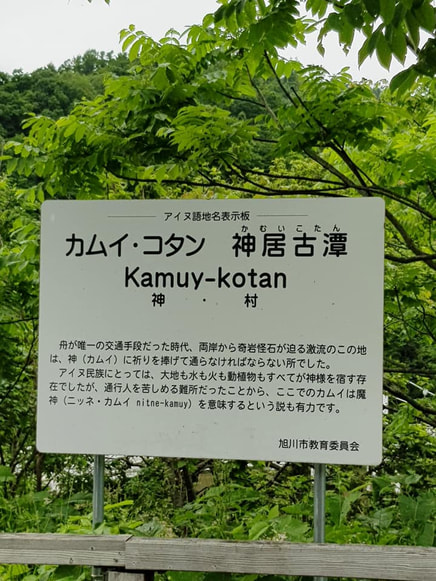|
Asahikawa. Hokkaido, Japan. The river is said to be the third longest in Japan. Within its vicinity lies an Ainu village, in which people refer to as “Kamuy-kotan” (Kamuy/Kamui - God, Kotan - Village). The area has, then, been sacred to the said culture and is said to be housed by nature spirits. "Ishikari" is written in the Japanese language using ateji, or kanji characters used to phonetically represent native or borrowed words. The first, 石, means to "stone", and the second, 狩, means "to hunt". The meaning of the written form of Ishikari has no relationship to the meaning of word in the Ainu language. The stone hunting took place on the banks of Ishikari river. A group, which comprised of notable Japanese collectors, Dr. Tom Elias, Dr. Hiromi Nakaoji, as well as Tonet Gedang and his wife, Malou, took part in picking out the best stones they can find for them to be used for suiseki.
0 Comments
Leave a Reply. |
National Suiseki Society of the Philippines / NSSP
Archives
July 2024
Categories |

 RSS Feed
RSS Feed
